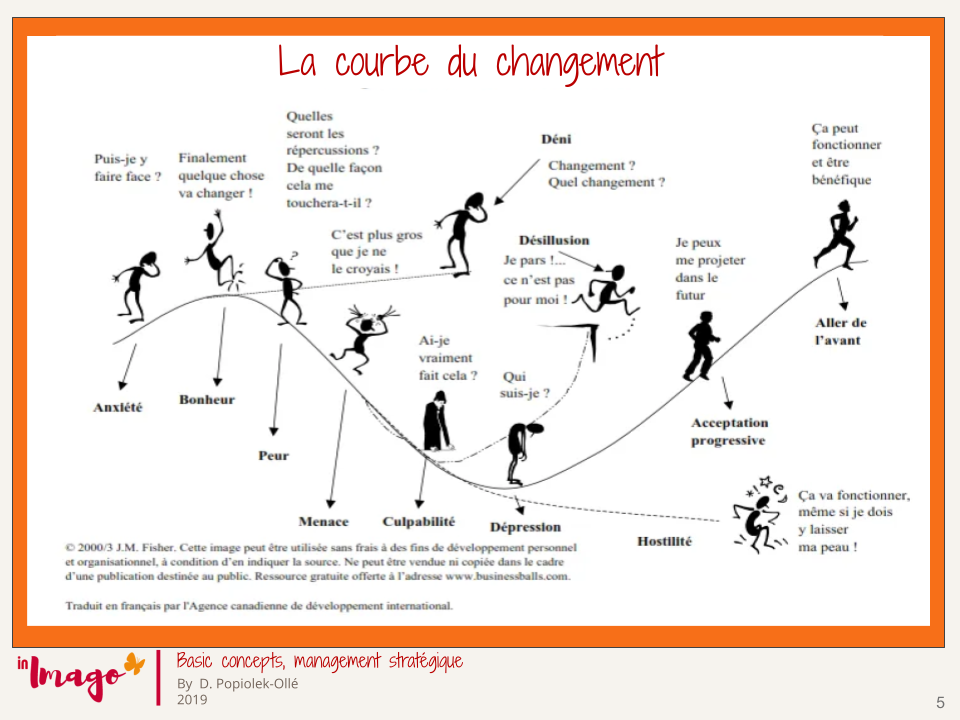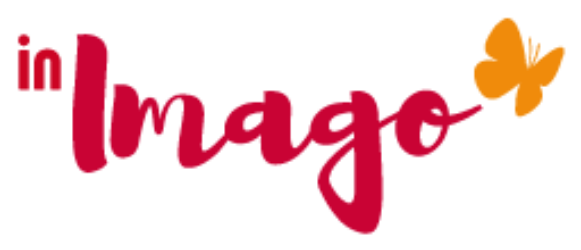Each principle of the Agile Manifesto is revisited according to 3 focuses: intensio- from a team point of view; Extensio-from a managerial or organizational point of view; Mago-from an individual point of view.
Principle 2– Welcome changes in needs, even late in the project.
« Life is not waiting for thunderstorms to pass, it’s learning how to dance in the rain. » Sénèque
Agile processes leverage change to give the customer a competitive advantage.
Giving his client the right to modify, retouch, comment on the product designed is to give his client the right to collaborate, to participate and to appropriate the product he has ordered from us
It is also a process of trust allowing the team to gradually build the application, service or ideal product for their client.
Step by step, the whole set up.
To allow acceptance of the change, it is necessary to accept to leave the manufacturing process or usual development.
Focus Extensio: From an organizational point of view
Focus Extensio: From an organizational point of view, the main challenge for the manager and the organization will be to move from an organizational mode bringing together specialists to cross-functional teams with the power to decide on the implementation of changes, and different ways of designing the applications, products and services required.
The team will be keen to produce a product cut into multi-services or micro-services to generate a marketable product at each iteration, period of time.
The essential role of the manager
As such, the manager has a key role with the team, that of giving them the right to GO OUT of the plan and process to create added value, unidentified at the outset.
Beyond from the team, the manager must allow organizational changes to adapt to the new market. And as such the Board of Directors, in turn must delegate its authority for the necessary organizational changes. *
-* The COMEX also has the responsibility to encourage changes of position, and to guarantee a repositioning to its employees. Sincerity on why employees have to change is requested and Top management have to lead by example. We will come back to this point in another article.
Generally, the change is desired by the management of the company feeling the need to preserve market share. This change has now become inevitable because the competition is played on the pace of innovation.
Its success depends on the effective implementation on the ground of reactive, creative and adapted teams. Employees are therefore the keystone of change. It is essential to carry out well this collaboration, knowing that employees can have a different vision of change desired by their superiors and find this situation concerning them legitimate or not. The key factors for employee investment in this new project are simple: do they (in their opinions) have the resources to make this change? Will they receive the legitimate recognition of their work? For the moment, no labor legislation fits this problem. Employees can therefore contribute fully or on the contrary, resist “with all their strength” to this change (information retention, almost zero productivity, etc.).
All the art of change management is to succeed in managing management effectively, to engage employees in a global and rewarding approach for everyone. Today’s managers have become the relay of management, the “project bearers”, in a way, the main vectors of change. Their goal is to mobilize their service, the whole of the collaborators brought to work on these problems, and thus to make the collaborators to appropriate the project of change.
Focus Intensio- From a team point of view
ACCEPT CHANGES ON CLIENTS SIDE
As we saw in The 4 Values of the Agile Manifesto, the team and the client at regular intervals evaluate what was done / what remains to be done.
The “intention” is in value 2 of the Agile Manifesto, exposed to the client in order to receive a feedback to change the intention and move from dream to reality. With a common purpose, the team and the customer together build the ideal product.
Accepting the changes. This is the proof that the team is working. Indeed, the starting point of agility is to co-build a value-added product or service for the customer. The step-by-step realization makes it possible to adjust as closely as possible to the customer’s needs. The specifications do not exist, replace them with a strategic “backlog” breakdown to ensure success in each sprint-time period. *
* The Agile contract normally allows a ramp-up of deliveries and a sprint payment. French companies are a little cautious on this point. Agile startup of a team that can be chaotic because the development curve includes the increase in skills of teams and the understanding of needs based on added value. Without delivery by value, determining together when expressing intent, incorporating the change requested by the customer remains a challenge. It is also the heart of the Agile transformation in Europe, without a paradigm shift of the teams and the organization, to go from an embodiment to the task to a realization by the value demands a complete “reset” of our ways of thinking. This is one of the major reasons for the failure of Agile transformations in France, in particular.
Focus Mago: from an individual point of view
Welcoming change is another paradigm that often challenges one’s own convictions and beliefs. It is to question one’s work habits, the organization and the role of each person. It is also on an individual basis to implement his creativity, his freedom to think and be responsible for his actions.

The ecosystem in which the individual is placed within the team will be the main vector for a positive reception of the changes requested by the customer.
Boosting the energy of the team allows you to build a powerful anti-stress, a real anti-morosity ecosystem, and to make time your ally.
The goal is to build, as a team, a space in which everyone feels at home, in what Americans call the Flow.
The basic principles are to succeed as a team in implementing the protocol below:
- Listen then act,
- Feel then move on,
- Receive and then move on,
- Follow and lead.
Support, transform
Welcoming change is a step towards individual responsibility where only social pressure, the position we play in the team, will bind us to achieve what we have individually committed to, a step towards self-determination.
This article was conceived and written by Dominique Popiolek, transformation leader and professional coach.

